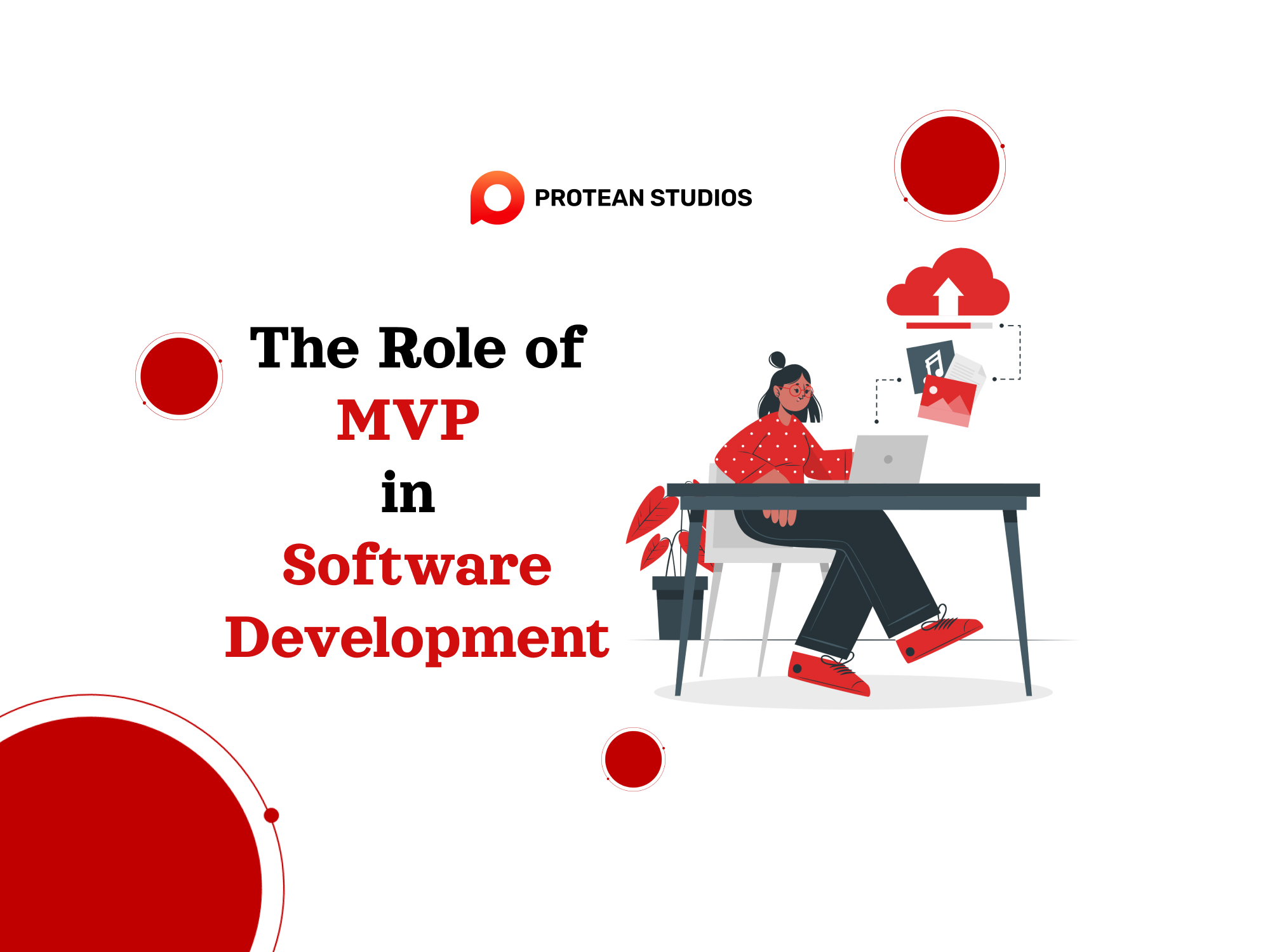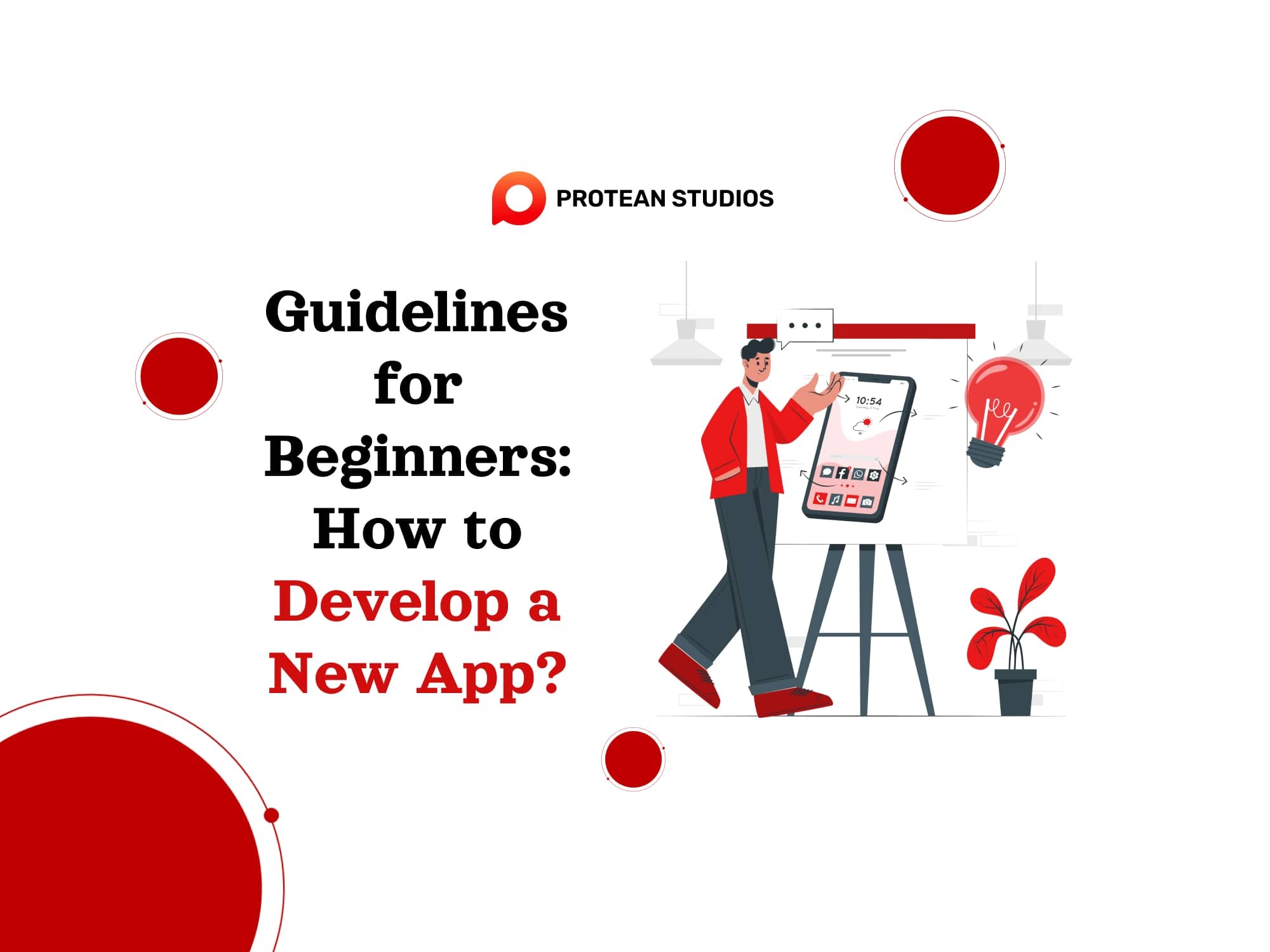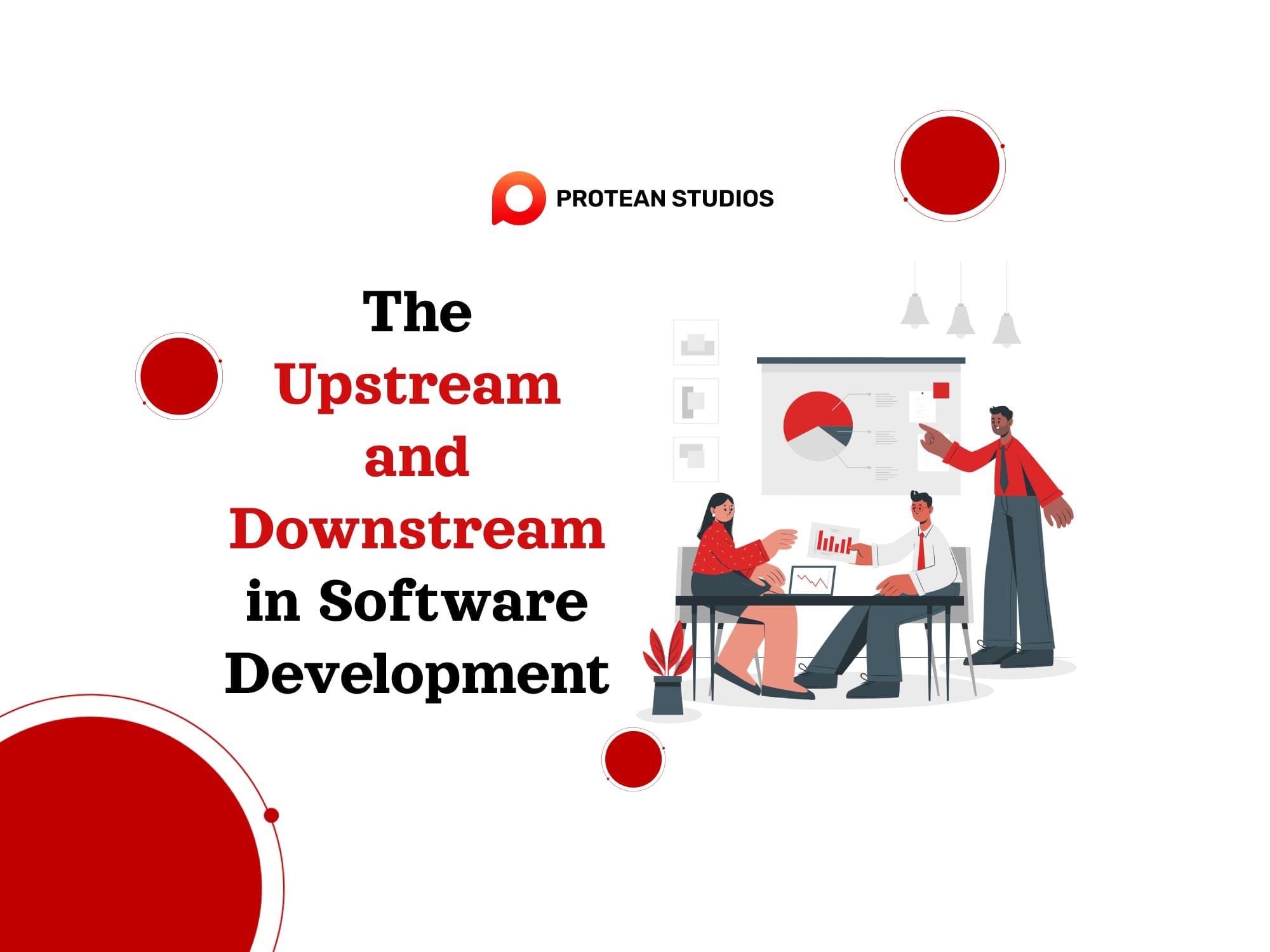In today's data-driven world, managing data is crucial for success. A data management platform (DMP) is key to organizing and analyzing data. But creating one is very complex. This guide breaks down the process into simple steps. From defining your data strategy to choosing the right tools and implementing governance practices, we'll guide you through each stage. Whether you're new to data management or a seasoned pro, this guide will help you build a DMP that powers your business forward.
How does a DMP work?
A data management platform (DMP) gathers customer data from various sources, like websites, mobile apps, analytics tools, and social media. It does this through tags on websites and apps, APIs, server integrations, cookie syncing, and data enrichment. There are three types of data used by DMPs:
First-party data is collected from customers, including behaviors like clicks, downloads, and demographic information.
Second-party data: acquired from other organizations, someone else's first-party data.
Third-party data is provided by aggregators who collect and package data from many sources.
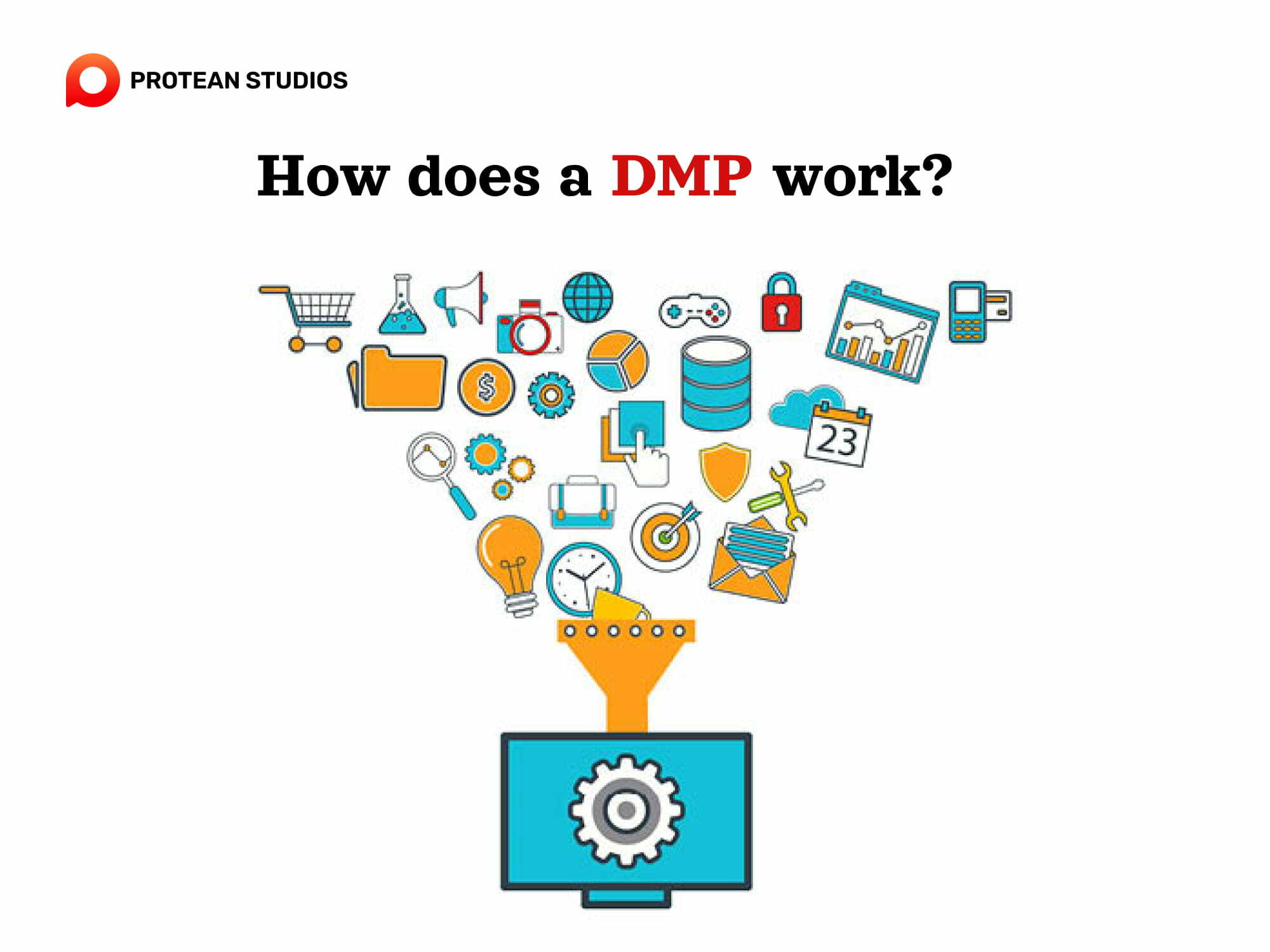
Second- and third-party data offer similar benefits to first-party data, but they can provide extra insights. The DMP then organizes and structures this data to create customer segments for targeted marketing and other applications.
Read more: Forecasting The DMP Software Market
Four steps to building a data management platform
In today's data-driven world, organizations are relying on data to make informed decisions. A data management platform (DMP) is a critical tool for collecting, organizing, and analyzing data from many sources. This guide will provide you with a step-by-step approach to building your own DMP.
Step 1: Organize
The first step in building a DMP is to organize your first-party data. This involves identifying and collecting data from various sources, such as your website, CRM system, and email marketing campaigns. Once you have collected your data, you will need to clean and standardize it to ensure that it is consistent and accurate.
Step 2: Segment and build audiences
Once your data is organized, you can start using it to build audiences for specific marketing campaigns. For example, a retailer might want to target a specific ad to women aged 18–34, while another ad might focus on men who sell shoes online. Marketers, publishers, and advertisers all rely on audience segmentation to power their data-driven campaigns and reach the right consumers at the right time.
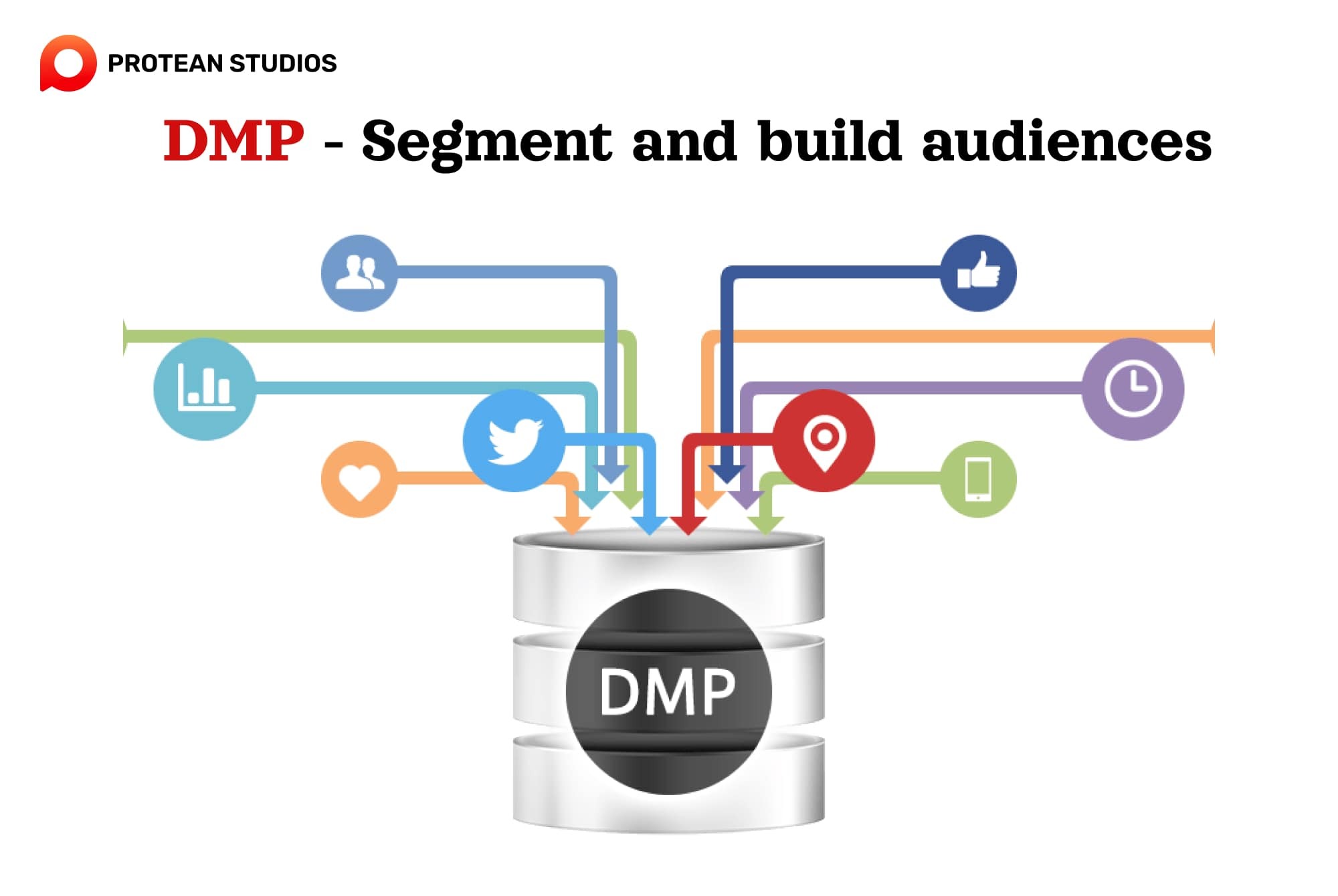
Step 3: Detailed information and object profile report
Once you've organized and segmented your data, you can begin analyzing it to identify patterns, trends, and customer insights. Audience profile reports offer a detailed exploration of the characteristics and interests of each audience integrated into the platform. You can use this information to shape your future advertising and messaging strategies.
Step 4: Activate
The final step is to activate your data by putting it to work! This involves integrating your DMP with other platforms, such as demand-side platforms (DSPs) and supply-side platforms (SSPs). This allows you to use your DMP data to target your advertising campaigns and reach the right audience.
The architecture of a DMP
A data management platform (DMP) is a sophisticated system designed to collect data from various sources. At its core, marketers can understand the architecture of a DMP as four distinct layers, each serving a critical function in the data management process.
1. The Data Collection Layer
The Data Collection Layer serves as the foundation of the DMP. It handles the aggregation of data from a multitude of sources, which may include online, offline, and mobile data. This layer ensures capturing all incoming data in a consistent format, enabling seamless integration and processing.
2. Enriching Data
The second layer focuses on enriching data. This involves the enhancement of raw data by appending extra information, cleaning it, and transforming it to increase its value and utility. Enrichment processes can include the integration of third-party data, verification of data accuracy, and the application of proprietary algorithms to derive deeper insights.
User profiles often contain various identifiers, such as cookies, device IDs, and pseudo-anonymized persistent IDs like hashed usernames or email addresses. These profiles encompass both user attributes (such as home location, age group, and gender) and events (like page views, form submissions, and transactions).
3. The Layer for Storing, Merging, and Building Profiles
The third layer is pivotal to the DMP's functionality: the Layer for Storing, Merging, and Building Profiles. Here, data is not only stored but is also merged from various sources to create comprehensive user profiles. These profiles are refined and updated to reflect new data, providing a dynamic and holistic view of each user.

Other Article: The Best Data Management Platforms Of 2024
4. Data Analysis and Segmentation
The fourth layer encompasses data analysis and segmentation. This is where the DMP truly demonstrates its power, utilizing advanced analytical tools and algorithms to segment data into meaningful groups. Marketers often base these segments on behavior, demographics, interests, or any number of criteria. It enables targeted marketing efforts and personalized user experiences.
Besides, a DMP also facilitates the use of segments in campaigns through audience export. DMPs need a user interface (UI) for user interaction. The DMP categorizes various APIs as follows:
Platform API: Essential for creating, removing, updating, and deleting objects.
Reporting API: Offers data insights through reports.
Audience API: Enables real-time queries to determine if a visitor belongs to a specific audience.
Data ingestion API: Used to import segments or other data from third-party platforms.
Wrap up about DMP
By following these steps, you can build a data management platform that will help you harness the power of your data and make better business decisions. This platform can be a valuable asset for any organization that wants to use data to drive growth and improve customer engagement.



